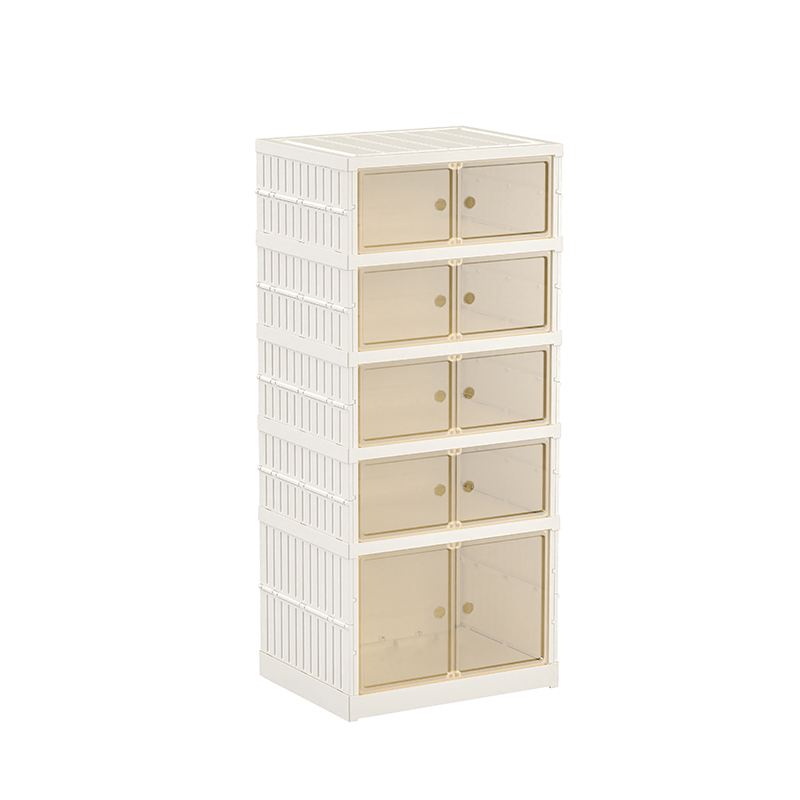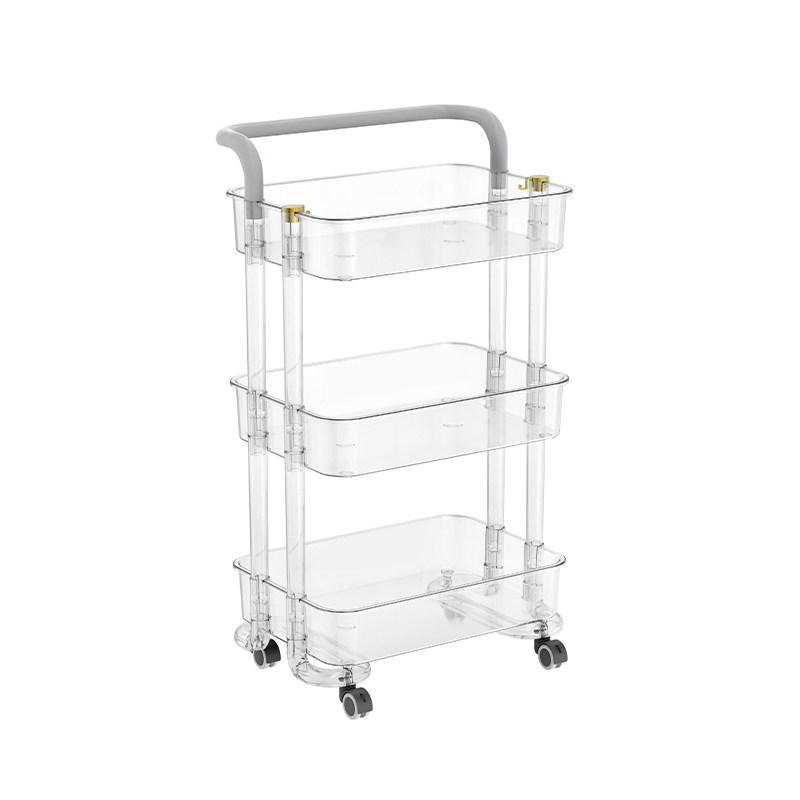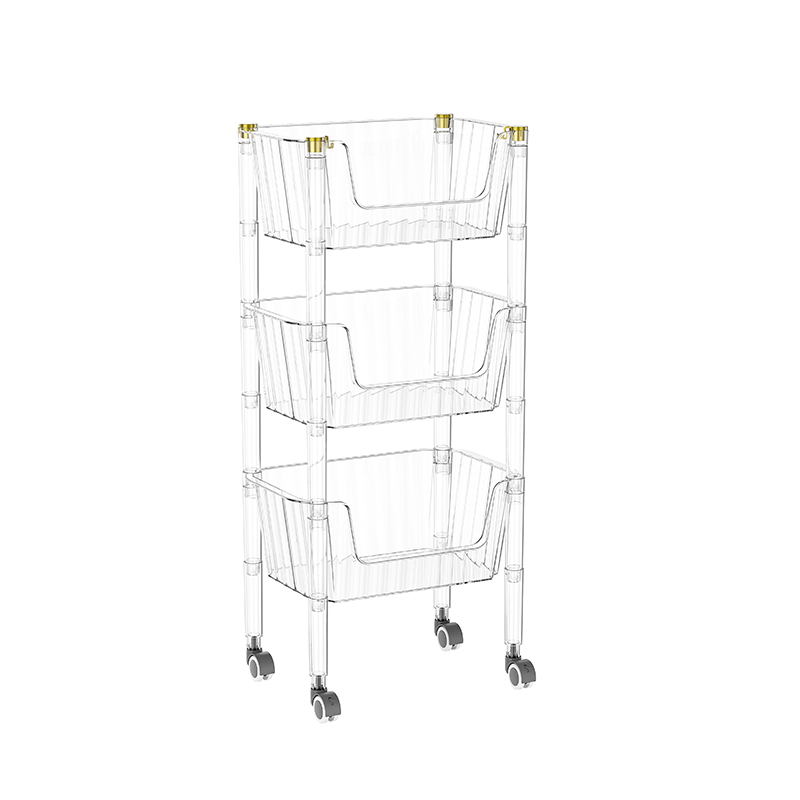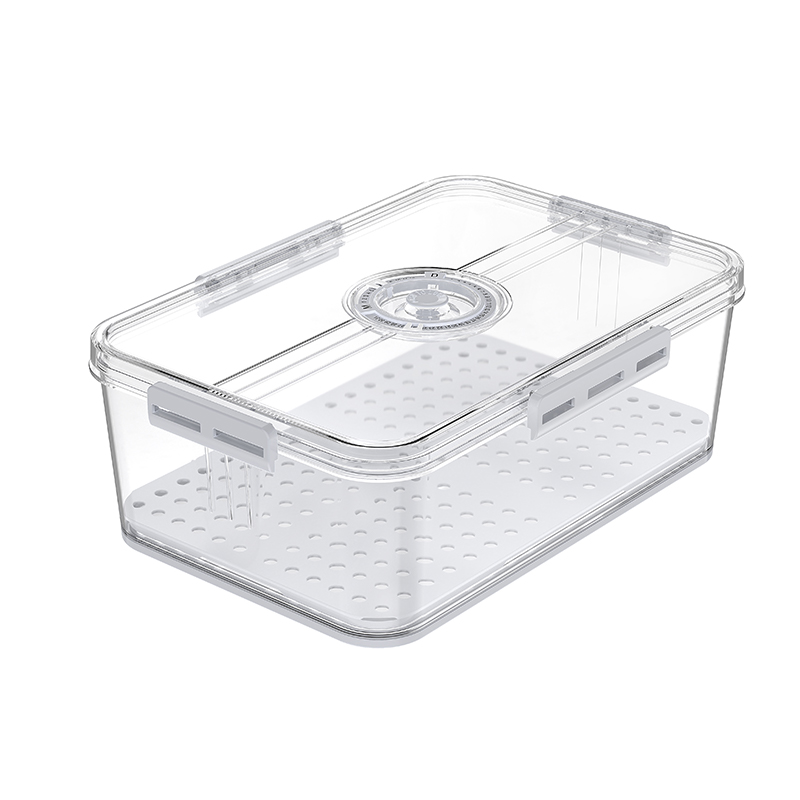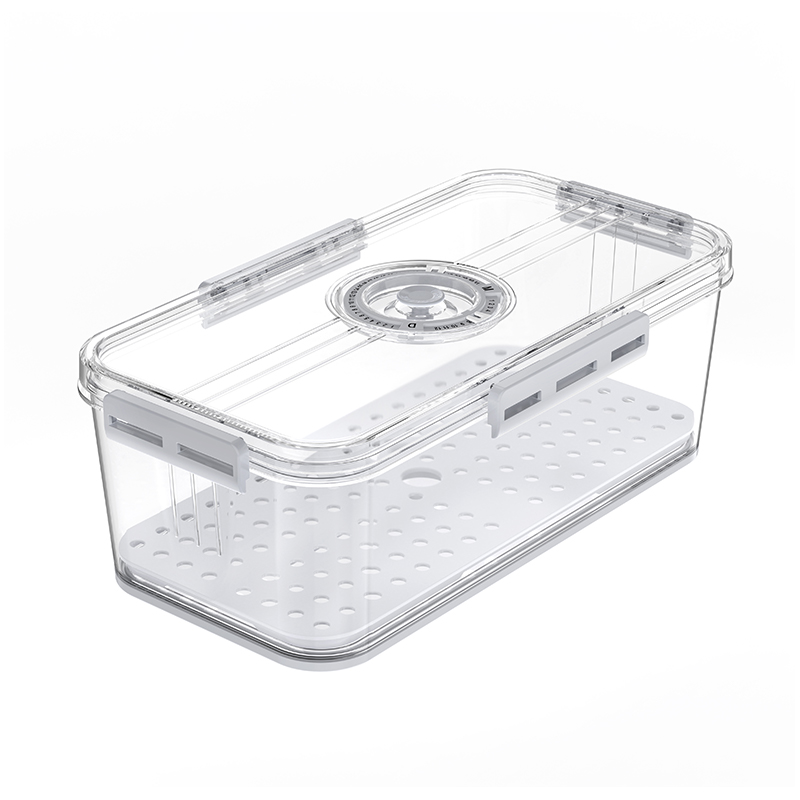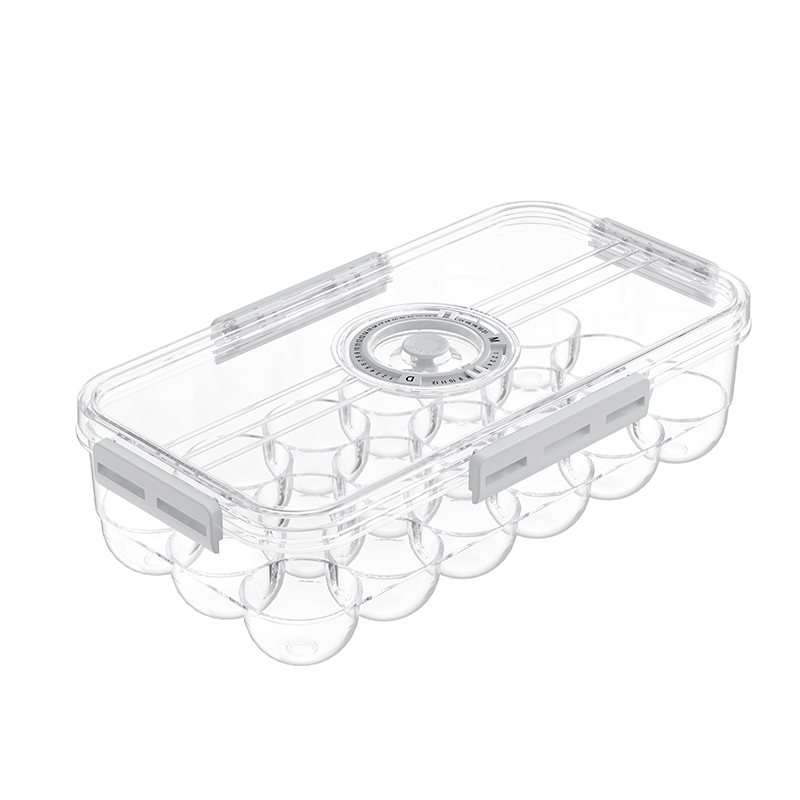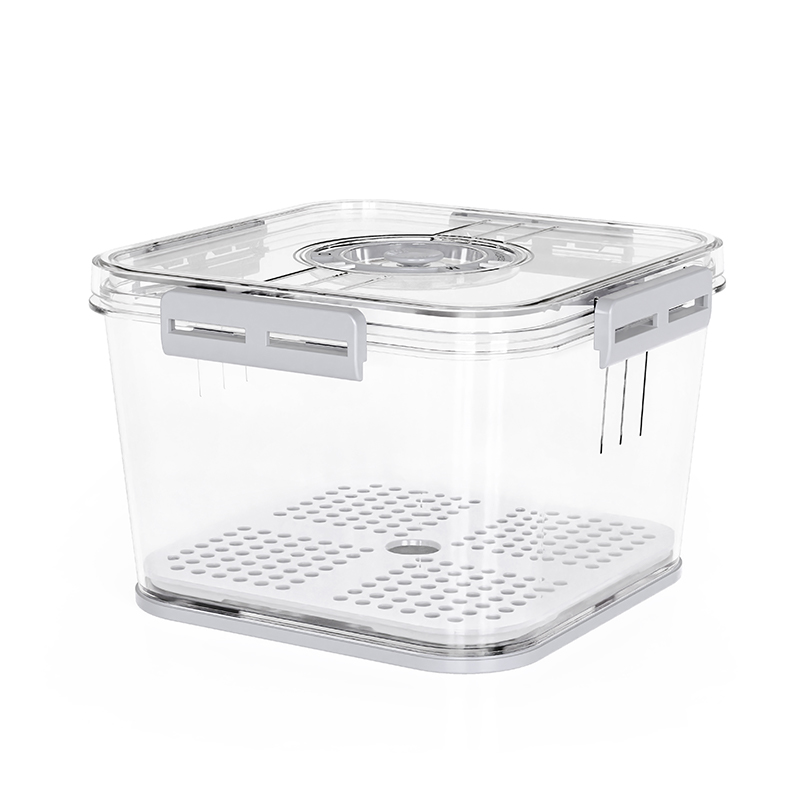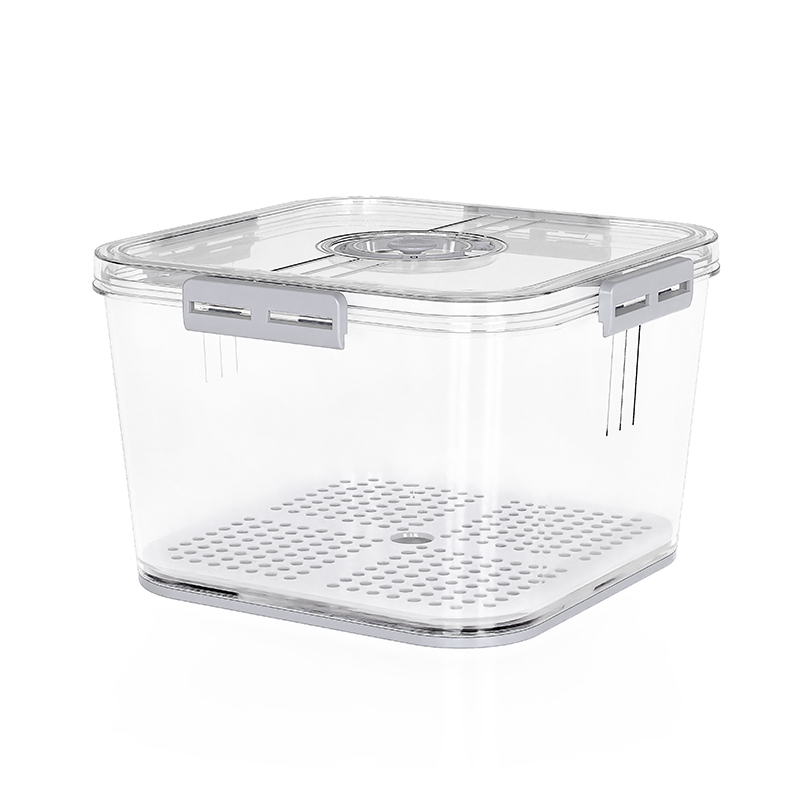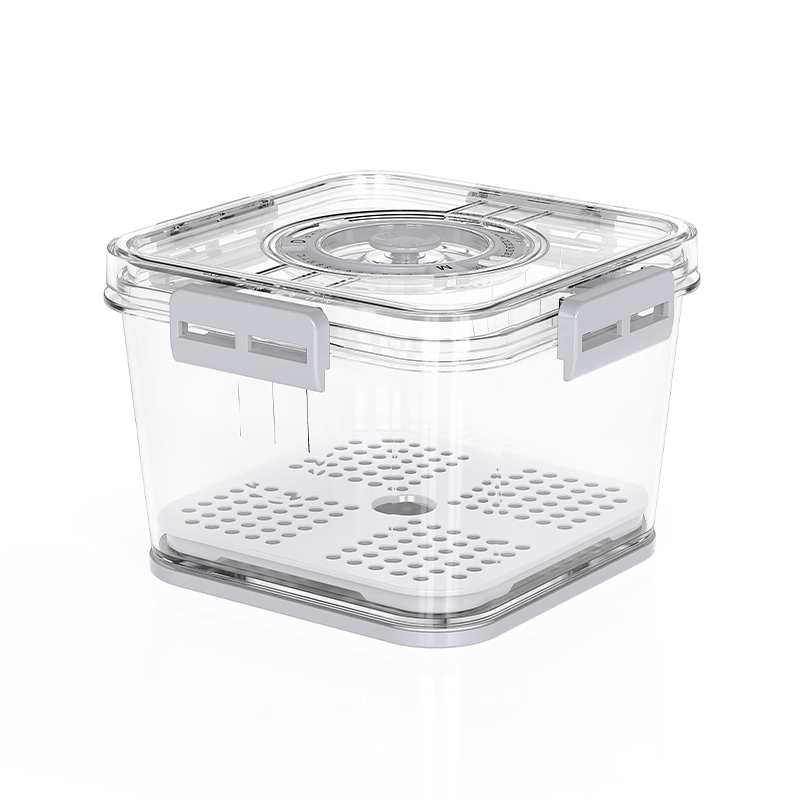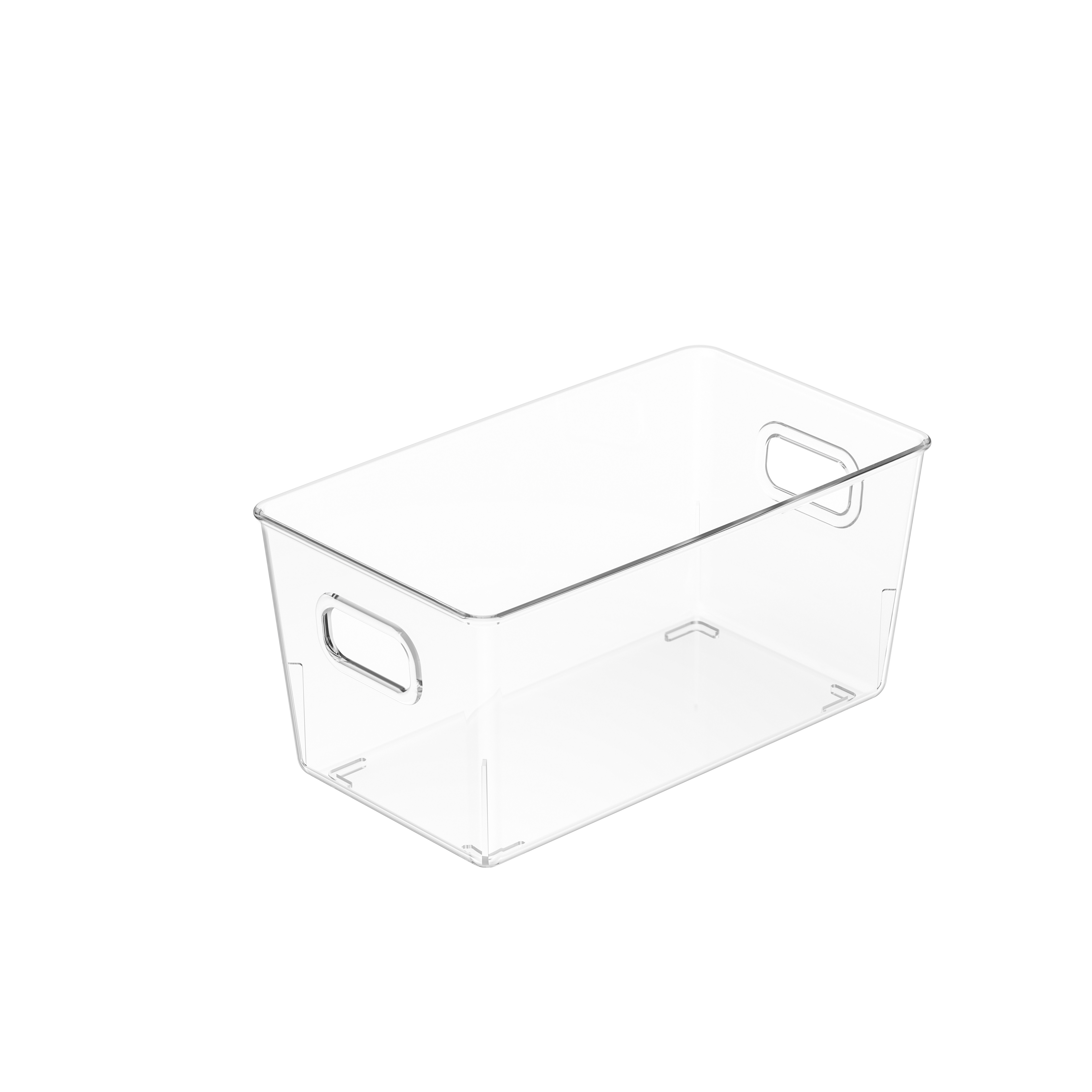The resistance of a home furnishing storage box to wear and tear over time can depend on several factors, including the quality of materials used, the construction design, and the usage environment. Here are some considerations to gauge its durability:
The choice of materials significantly impacts the durability of a home furnishing storage box. High-quality materials like high-density polyethylene (HDPE), polypropylene (PP), or reinforced cardboard offer superior strength and resilience to wear and tear over time. HDPE and PP are known for their robustness and resistance to impacts, scratches, and environmental stressors. Similarly, reinforced cardboard, featuring multiple layers or a corrugated structure, provides enhanced strength and rigidity, minimizing the risk of deformation or collapse. These materials are selected for their ability to maintain structural integrity even with prolonged use, ensuring that the storage box remains functional and reliable for an extended period.
Beyond material selection, the design and construction of the storage box play a crucial role in its long-term durability. A well-engineered storage box incorporates features such as reinforced seams, double-walled construction, and integrated support structures to withstand the rigors of daily use. Reinforced seams, achieved through techniques like heat sealing or sonic welding, prevent fraying and unraveling, prolonging the lifespan of the box. Double-walled construction adds an extra layer of protection against impacts and compression forces, reducing the risk of damage or collapse when stacked or loaded with heavy items. Integrated support structures, such as internal ribs or braces, distribute weight evenly throughout the box, minimizing stress concentration points and enhancing overall stability.
Adhering to the specified weight capacity is essential for preserving the durability of the storage box. The weight capacity indicates the maximum load that the box can safely support without compromising its structural integrity. Exceeding this limit can lead to deformation, cracking, or failure of the box, posing safety risks and reducing its lifespan. To ensure long-term durability, users should carefully assess their storage needs and select a box with an appropriate weight capacity. Considering factors such as distribution of weight, stacking height, and support surface is crucial for optimizing load-bearing performance and minimizing the risk of damage over time.
The environment in which the storage box is used significantly influences its durability and longevity. Exposure to moisture, extreme temperatures, UV radiation, and other environmental factors can accelerate degradation and weaken materials over time. To mitigate these risks, manufacturers often incorporate specialized features and treatments to enhance environmental resistance. For example, UV-stabilized plastics contain additives that protect against UV degradation, prolonging the lifespan of the box when exposed to sunlight. Similarly, moisture-resistant coatings or treatments prevent water absorption and minimize the risk of mold, mildew, or corrosion.
The frequency and intensity of use impact the wear and tear experienced by the storage box over time. Boxes subjected to frequent handling, loading, and transportation are more susceptible to damage and deterioration compared to those used infrequently. To withstand heavy usage, manufacturers employ various design strategies and materials to enhance durability and resilience. Reinforced handles, impact-resistant surfaces, and ergonomic designs are common features incorporated into storage boxes intended for frequent use. Reinforced handles distribute weight evenly and minimize stress on attachment points, reducing the risk of handle failure or detachment. Impact-resistant surfaces, achieved through the use of durable coatings or materials, withstand scratches, abrasions, and impacts without compromising structural integrity.

